Chapter: Basic Electrical and electronics : Electrical Mechanics
Classification and Types of DC Motor
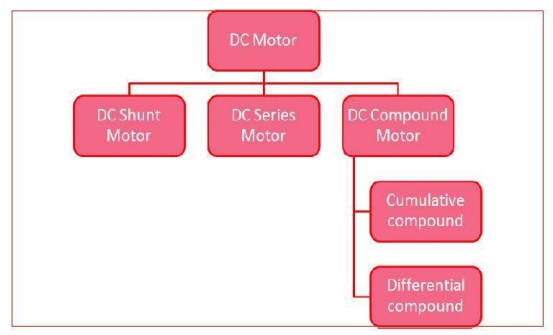
CLASSIFICATION OF DC MOTOR
DC motors
are more common than we may think. A car may have as many as 20 DC motors to
drive fans, seats, and windows. They come in three different types, classified
according to the electrical circuit used. In the shunt motor, the armature and
field windings are connected in parallel, and so the currents through each are
relatively independent. The current through the field winding can be controlled
with a field rheostat (variable resistor), thus allowing a wide variation in
the motor speed over a large range of load conditions. This type of motor is
used for driving machine tools or fans, which require a wide range of speeds.
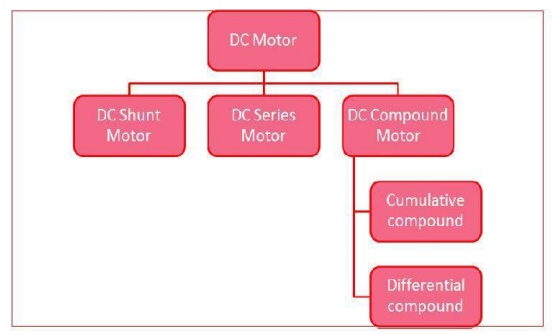
In the
series motor, the field winding is connected in series with the armature
winding, resulting in a very high starting torque since both the armature
current and field strength run at their maximum. However, once the armature
starts to rotate, the counter EMF reduces the current in the circuit, thus
reducing the field strength. The series motor is used where a large starting
torque is required, such as in automobile starter motors, cranes, and hoists.
The
compound motor is a combination of the series and shunt motors, having parallel
and series field windings. This type of motor has a high starting torque and the
ability to vary the speed and is used in situations requiring both these
properties such as punch presses, conveyors and elevators.
DC MOTOR TYPES
1. Shunt
Wound
2. Series
Wound
3. Compound
wound
1. Shunt Motor
In shunt
wound motor the field winding is connected in parallel with armature. The
current through the shunt field winding is not the same as the armature
current. Shunt field windings are designed to produce the necessary m.m.f. by
means of a relatively large number of turns of wire having high resistance.
Therefore, shunt field current is relatively small compared with the armature
current
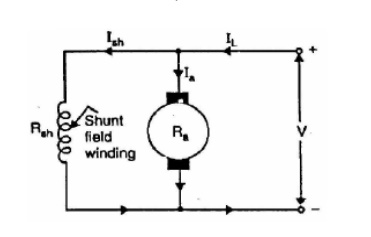
2. Series Motor
In series
wound motor the field winding is connected in series with the armature.
Therefore, series field winding carries the armature current. Since the current
passing through a series field winding is the same as the armature current,
series field windings must be designed with much fewer turns than shunt field
windings for the same mmf.Therefore, a series field winding has a relatively
small number of turns of thick wire and, therefore, will possess a low
resistance.
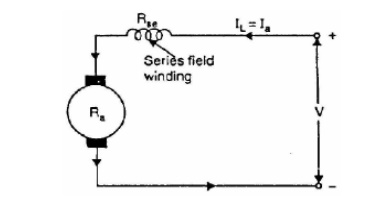
3. Compound Wound Motor
Compound
wound motor has two field windings; one connected in parallel with the armature
and the other in series with it. There are two types of compound motor
connections
1) Short-shunt
connection
2) Long
shunt connection
When the
shunt field winding is directly connected across the armature terminals it is
called short-shunt connection.
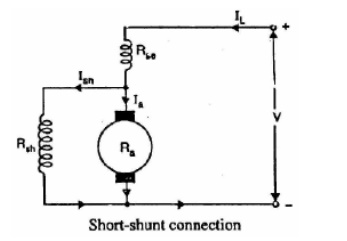
When the shunt
winding is so connected that it shunts the series combination of armature and
series field it is called long-shunt connection.
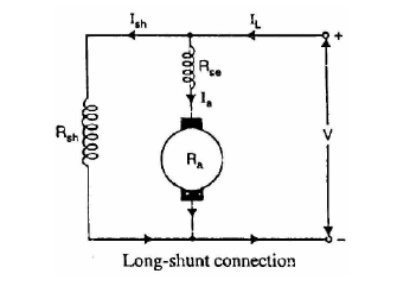
Related Topics